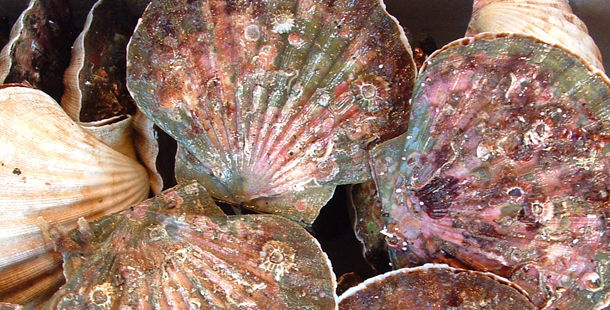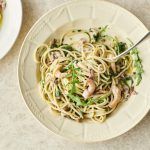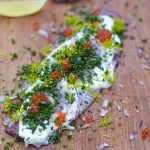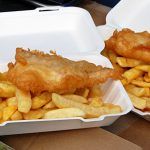I’m always asked about my favourite fish fact and time again I reference the wonderful scallop. This magnificent bivalve is fabulously flavoursome, can be eaten raw or cooked, can be bought dead or alive and can be caught by dredge or collected by hand. However, and most interestingly, scallops are both male and female. The European scallop, Pecten maximus, consists of two edible parts – the muscle (large white part) and the coral. The coral, commonly and incorrectly referred to as the roe, also consists of two parts. The reason why ‘roe’ is incorrect is it’s a descriptive term for the female reproductive organ; this is opposed to the ‘milt’ which is the male reproductive organ. The scallop, being a permanent hermaphrodite, has both. When looking closely the grey area attached to the white muscle is the male part of the coral and the larger, more noticeable and most recognisable orangey red section is the female segment. The coral can vary in size and ratio greatly throughout the year and this is directly affected by the spawning period; it is not uncommon to see tiny shrivelled corals either in the spring or late Autumn which are periods when they can spawn.
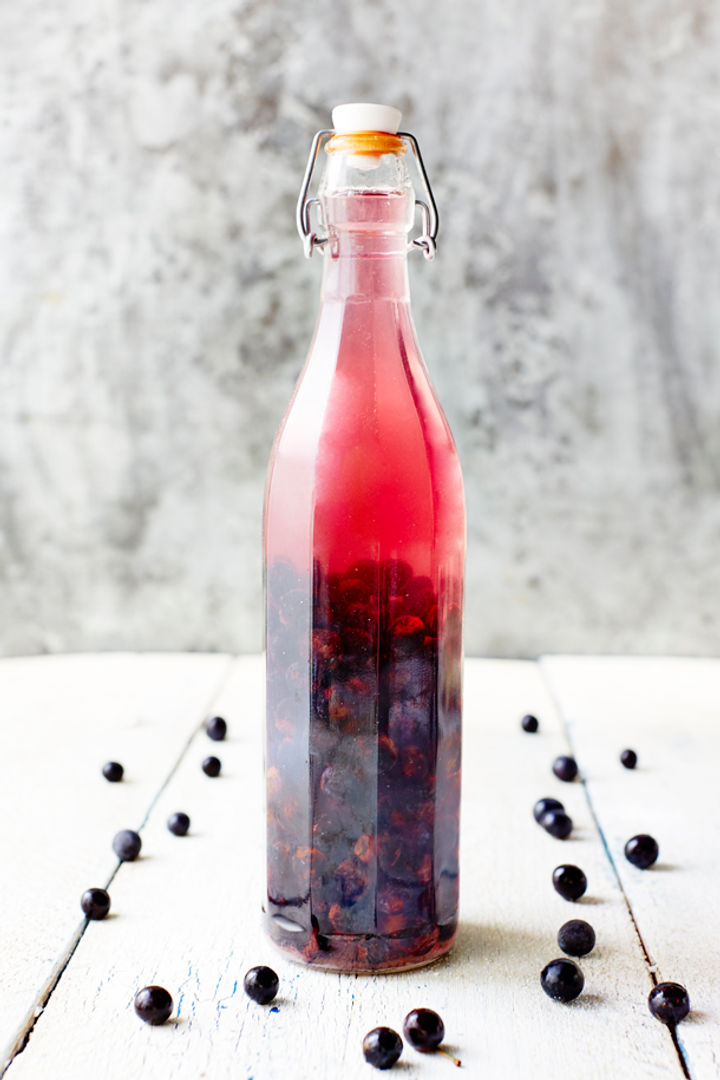
Matthew’s favourite seafood – scallops
So why do the scallops served in restaurants sometimes have no coral? Many restaurants strive for dishes offering fine dining aesthetics and the best way to achieve this is with symmetry. Scallop fisheries around the UK are rotated throughout the year so sizes and shapes of local scallops can vary vastly between 10 and 40 to the kilo. It can be a costing issue when your scallops are all different sizes an additionally the most wonderful creamy part of the scallop, the coral, can sadly make dishes look rather lop sided and are commonly removed. As an alternative for chef’s there are imported American and Japanese roeless scallops which have a tight and consistent grade of 10 and 20 to the kilo, almost like peas in a pod; perfect for presentation and yield no waste. I know which I would prefer to eat.
As a brief note the fishing method of scallops recently hit the headlines when ‘Hugh’s Fish Fight’ implied issues with the catch method. In reality scallops are dredged or hand collected. Some dredged fisheries have an MSC (Marine Stewardship Council) certification of sustainability, no hand collected methods currently have this certification, some hand collected fisheries are rated 2 ‘Good Choice’ by the MCS (Marine Conservation Society) yet some of the MSC certified dredged fisheries have a 4 rating ‘Eat only Occasionally’ by the MCS. A rather confusing and a whole new discussion for a later date.
